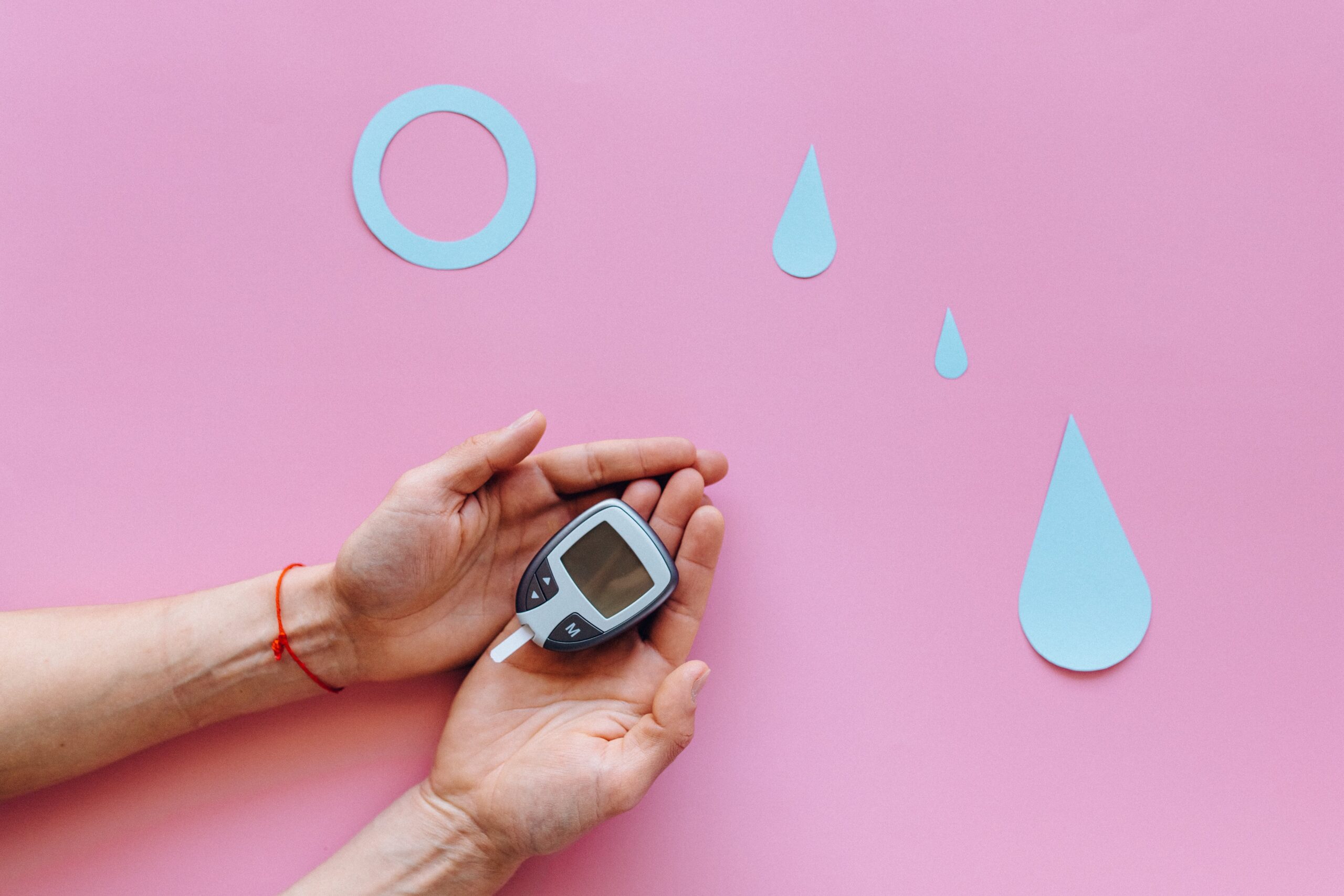Introduction: Wearable Health Technology (WHT) has ushered in a transformative era in medicine. This article delves into the profound impact of wearable devices on diagnostics, treatment, and healthcare management. It explores the historical development, applications, challenges, and future prospects of this technology.
Part 1: Historical Evolution of Wearable Health Tech
1.1. Early Beginnings: Wearable health devices have come a long way since their inception. The first wearable medical devices, such as the Holter monitor for ECG monitoring, were developed for specific clinical needs. These devices paved the way for the comprehensive range of WHT we have today.
1.2. Technological Advancements: The past few decades have witnessed remarkable technological advancements in WHT. From basic pulse monitoring to sophisticated multi-parameter devices, the evolution has been remarkable. These advances have made real-time monitoring of vital signs more accessible.
1.3. Role of Research and Innovation: Research and innovation have been driving forces behind the development of WHT. Collaboration between medical professionals, engineers, and technology companies has led to the creation of innovative solutions. Studies in this field have contributed to evidence-based medical practices.
Part 2: Key Applications of Wearable Health Tech
2.1. Disease Diagnosis and Monitoring: Wearable devices play a crucial role in diagnosing and monitoring a wide range of medical conditions. Continuous tracking of vital signs, such as heart rate, blood pressure, and temperature, has become possible. For instance, devices like continuous glucose monitors revolutionize diabetes management.
2.2. Telemedicine and Remote Patient Care: The advent of WHT has greatly improved access to healthcare services through telemedicine. Patients can connect with healthcare providers remotely, reducing the need for in-person visits. This is especially vital for patients in rural or underserved areas.
2.3. Promoting Healthy Lifestyles and Fitness: Wearable health technology has motivated individuals to adopt healthier lifestyles. Fitness trackers and smartwatches encourage physical activity, monitor sleep patterns, and provide valuable insights into overall health. The real-time data empowers individuals to take charge of their well-being.
Part 3: Challenges and Prospects of Wearable Health Tech
3.1. Data Security and Privacy: The collection and transmission of personal health data pose significant privacy and security challenges. Ensuring the protection of sensitive medical information is critical, and there is a need for robust encryption and data access controls.
3.2. Regulation and Standardization: Governments and medical organizations need to establish clear regulations for WHT. Standardization of device performance, data formats, and interoperability is essential to ensure the quality and safety of wearable medical devices.
3.3. Future Developments: The future of wearable health technology looks promising. Anticipated developments include more advanced sensors, enhanced AI-driven diagnostics, and greater integration with electronic health records. These innovations will contribute to more personalized healthcare.
Conclusion: Wearable health technology is not just a trend; it's a revolutionary force that is reshaping healthcare. From its historical origins to its current applications and future prospects, WHT has demonstrated its potential to improve patient outcomes and the overall healthcare landscape. Embracing this transformative technology while addressing its challenges is essential for the healthcare industry's advancement. As experts and innovators continue to work together, we can expect even more groundbreaking developments in this exciting field.
